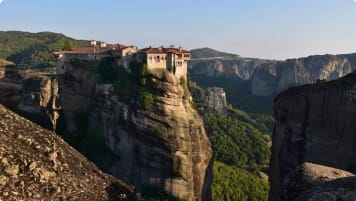Top 20 World Heritage Sites You Must Visit
Top 20 world heritage sites you must visit In a recently published list, the British Foreign Office identified more than 60 UNESCO World Heritage Sites that it deemed too dangerous to visit. Political instability in…
4 May 18 · 2 mins read

Top 20 world heritage sites you must visit
In a recently published list, the British Foreign Office identified more than 60 UNESCO World Heritage Sites that it deemed too dangerous to visit. Political instability in some African, Asian and South American countries has put many of the most important sites in human history out of reach to travellers. Among them are the ruins of the ancient Roman city of Carthage in Tunisia, the arid ‘African Constantinople’ Timbuktu and the Syrian cities of Aleppo and Damascus.
World Heritage sites are unique
World Heritage Sites are judged by UNESCO to be important to the collective interests of humanity. They can be natural or man-made and are protected by international treaties. Often, the income generated from tourism encourages national governments to prioritise the safety of their World Heritage Sites. For this reason, curious travellers have an important role to play in the preservation of our human heritage.
Odyssey Traveller has put together a list of the top 20 World Heritage Sites that are safe to visit. Odyssey organises small escorted group tours to some of the most historically significant places on the planet.
Preserving the World Heritage Sites
As we now know, many of the world’s most important historical sites are under threat. Unfortunately, the destruction of ancient artefacts, architecture and religious iconography is nothing new. Among the most notorious historical examples are Nazi book burning, vandals sacking Rome, and Mongol campaigns into Egypt almost wiping out centuries of precious antiquities. Recently, UNESCO began organising campaigns to protect some of the most threatened world heritage sites, teaming with partners as diverse as armed forces, national governments and Time magazine.
20. Palace of Versailles

In its modern form, the Palace of Versailles was built between 1661 and 1715 by King Louis XIV, who transformed his father’s hunting lodge into France’s most famous and splendid palace. Its hall of mirrors is one of the most opulent examples of imperial architecture and design. Situated about 20 kilometers from the center of Paris, the palace was the home of the French royal court until 1789, when the royal family was forced to ignominiously return to the capital as a result of the French revolution. The building is therefore famous as a symbol of the Ancien Regime and their system of absolute monarchy.
19. Uluru, Australia
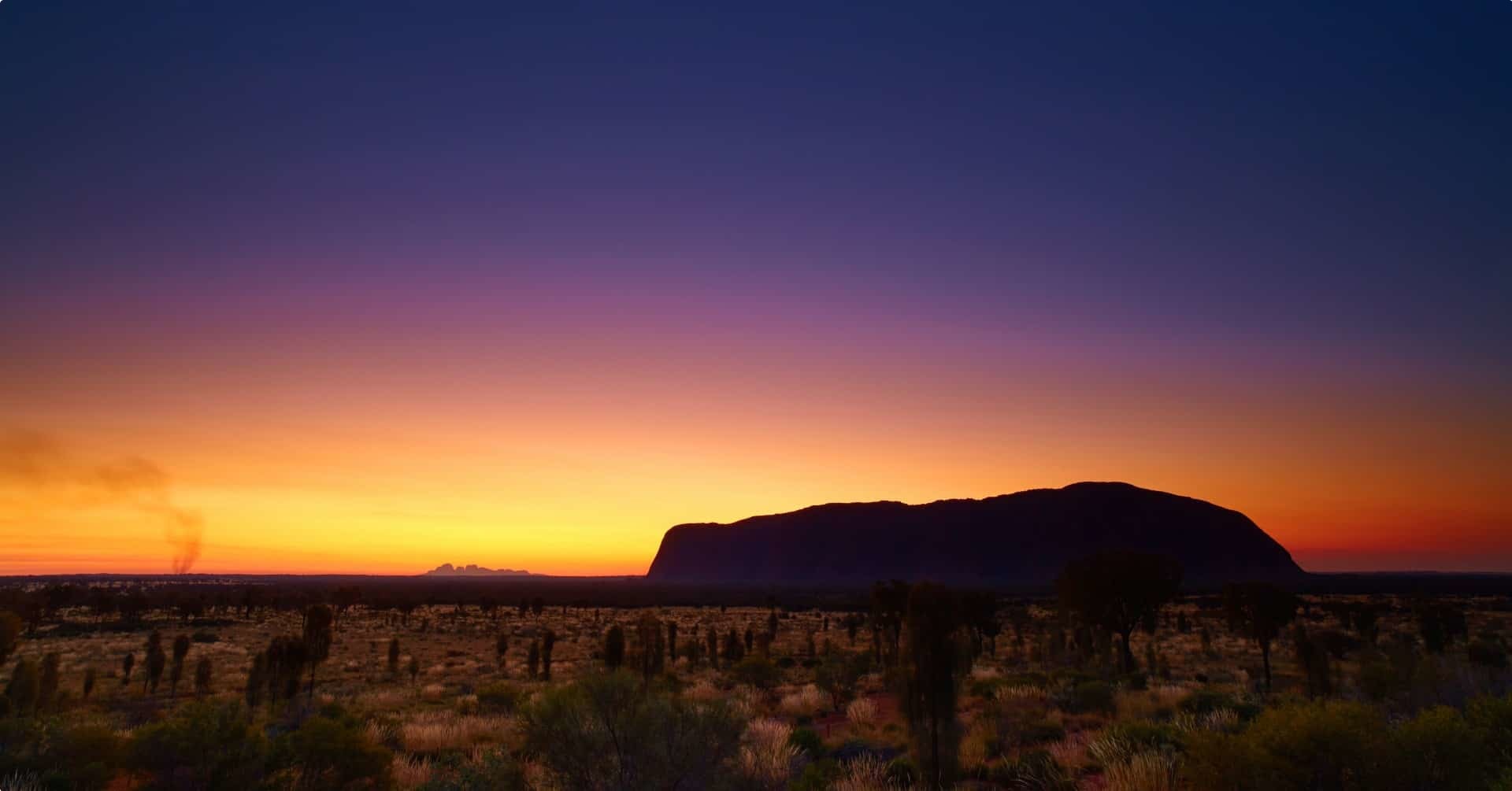
Uluru is a spectacular red sandstone rock formation rising out the central Australian desert, and one of the world’s most recognisable natural landmarks. The area is home to an abundance of springs, waterholes and rock caves, and is sacred to the local indigenous people, the Pitjantjatjara Anangu. Their rock art can be seen on many of Uluru’s surfaces. Nothing can prepare you for the sight of the Uluru at dawn and dusk, as the rock appears to change colour right before your eyes. While you’re here, be sure not to miss Kata-Tjuta, an equally spectacular nearby rock formation 500 million years in the making.
18. Medina of Marrakesh
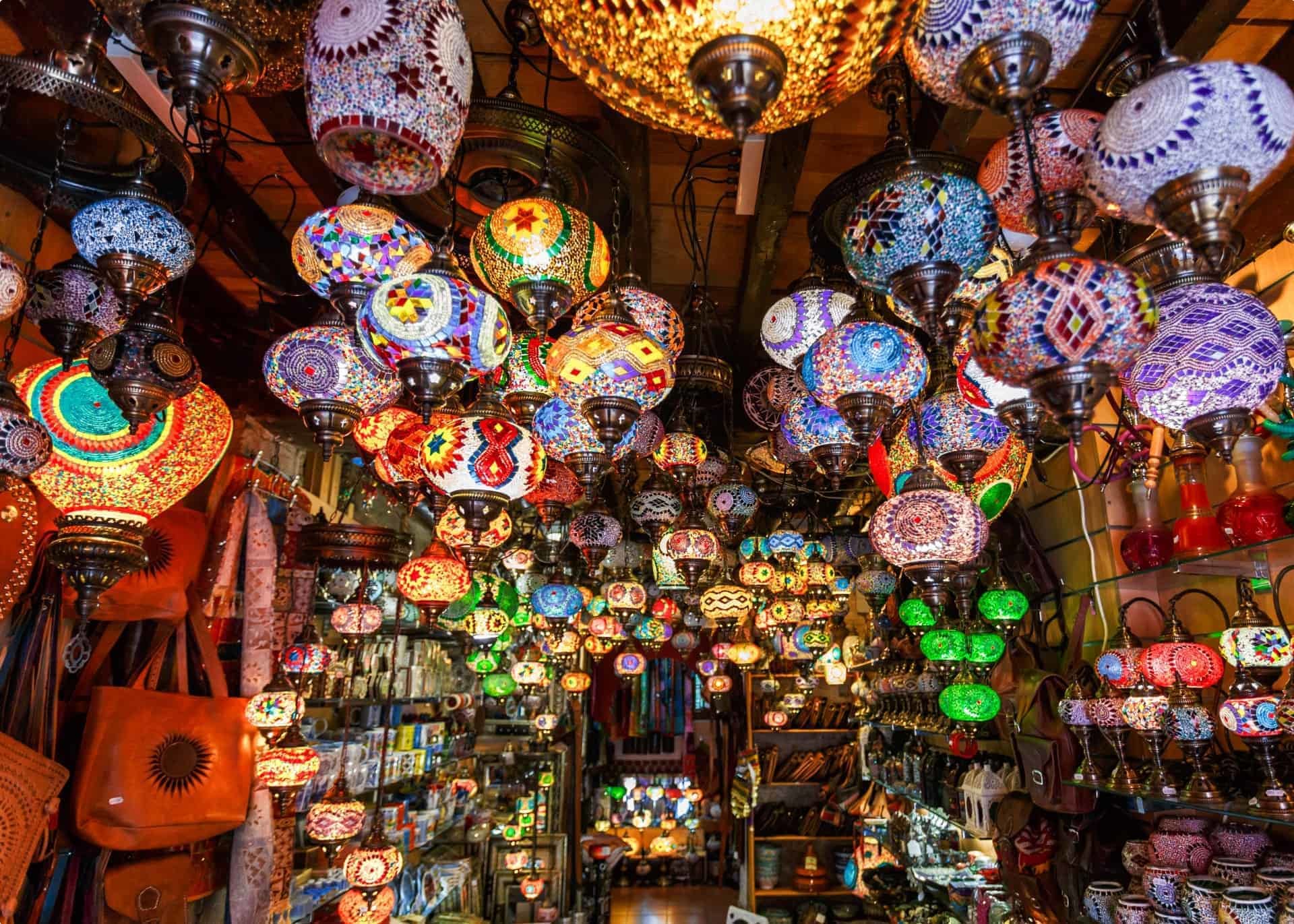
Marrakesh’s famous medina is a dazzlingly colourful maze of alleyways and shops. The labyrinthine streets are living monument to over a thousand years of urban history on the western edge of the Islamic world. Load up on delicious Moroccan foods, sample exotic African spices, marvel at the incredible silks and pottery and listen to hypnotic North African music. These traditional arab markets, called souks, are organised into different commodities: spices, silks, antiques, musical instruments, olives.
17. Ancient Thebes, Egypt
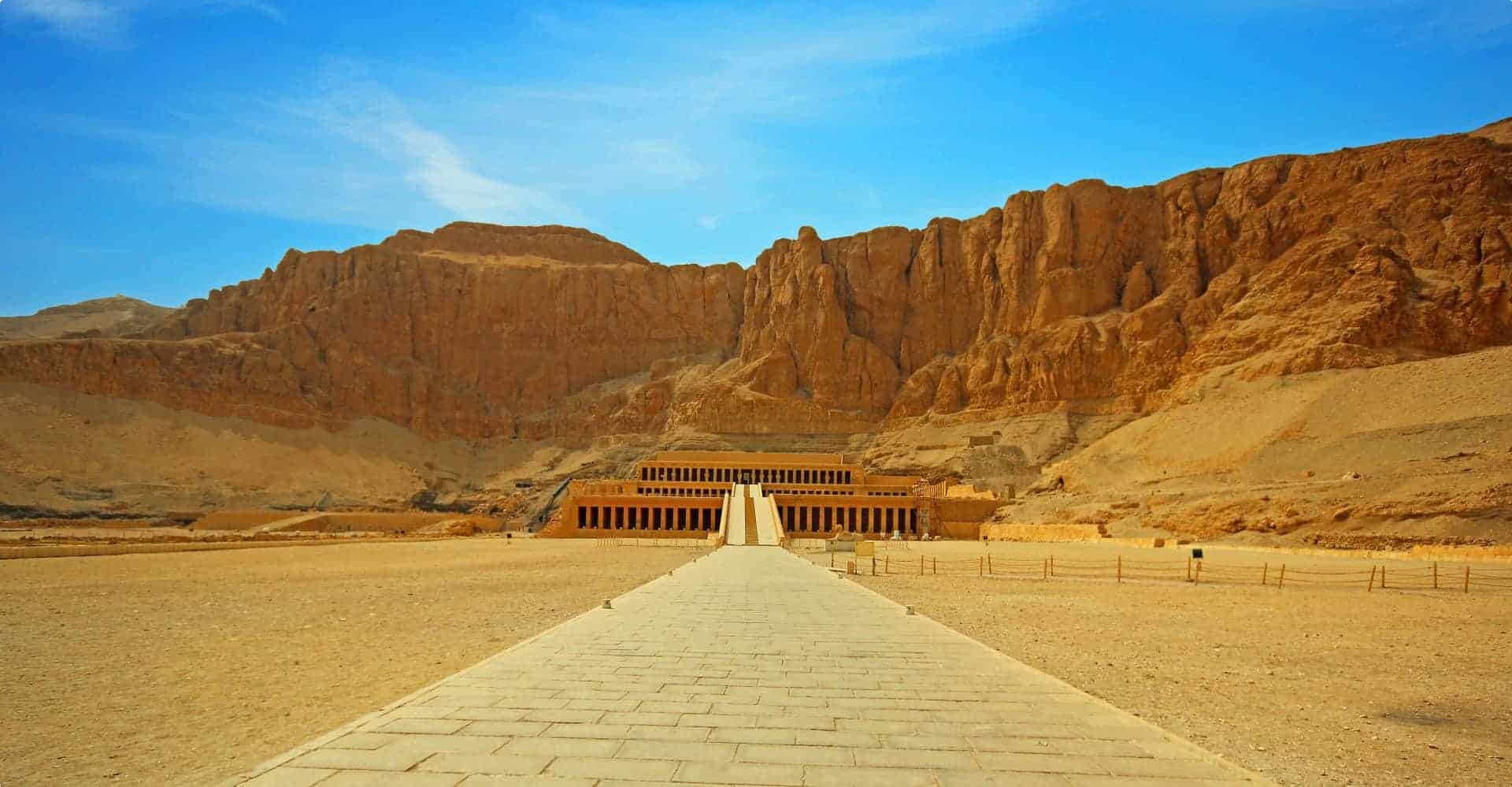
Thebes is a striking illustration of Egyptian civilisation at its peak. As the capital of the Egypt during the Middle and New Kingdoms, it features many temples and palaces. The two great temples – Luxor and Karnak – and the Valley of the Kings and the Valley of the Queens are some of the greatest achievements of ancient Egypt.
16. Samarkand, Uzbekistan
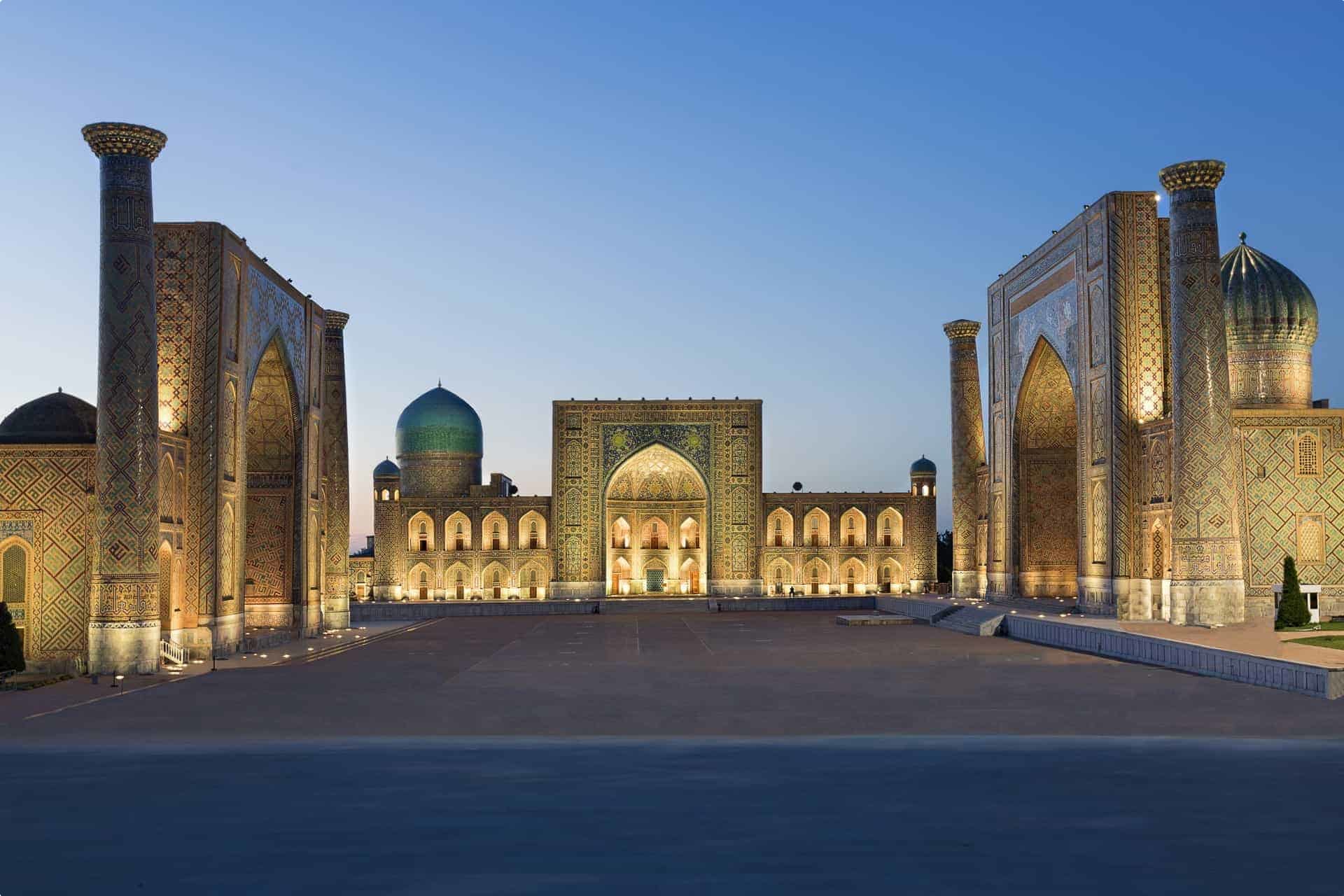
The ancient Silk Road city of Samarkand in Uzbekistan has been a crossroad of the world’s people and cultures for over a thousand years. The north-eastern part of the city was destroyed by Genghis Khan’s mongol armies in the 13th century. In the southern section lies the architectural imprint of the Temurid epoch, with narrow lanes, mosques, madrassas and traditional houses. Major monuments include the Registan mosque and the Bibi-Khanum Mausoleum. The designs of the Temurid masters were crucial to the development of Islamic architecture as far away as India, Persia and Turkey.
15. Vatican City, Rome

The Vatican is one of the most sacred places in all Christendom. It is a tiny independent state located at the center of Rome – its official population of about 1000 makes it the smallest ‘nation’ in the world. The Vatican features some of most famous art and architecture on the planet, including St Peter’s Basilica and the Sistine Chapel.
14. Hierapolis-Pamukkale, Turkey

Pamukkale, meaning ‘cotton castle’ in English, is a remarkable natural site famous for its dazzling thermal pools. Thick white layers of travertine and limestone cascade down the hillside, the result of the mineral-laden underground hot water springs in the area. Calcium deposits from the springs’ water created these white waterfalls over thousands of years. Do not miss the thermal spa of Hierapolis, established by the kings of Pergamon in the 2nd century BC.
13. Persepolis, Iran
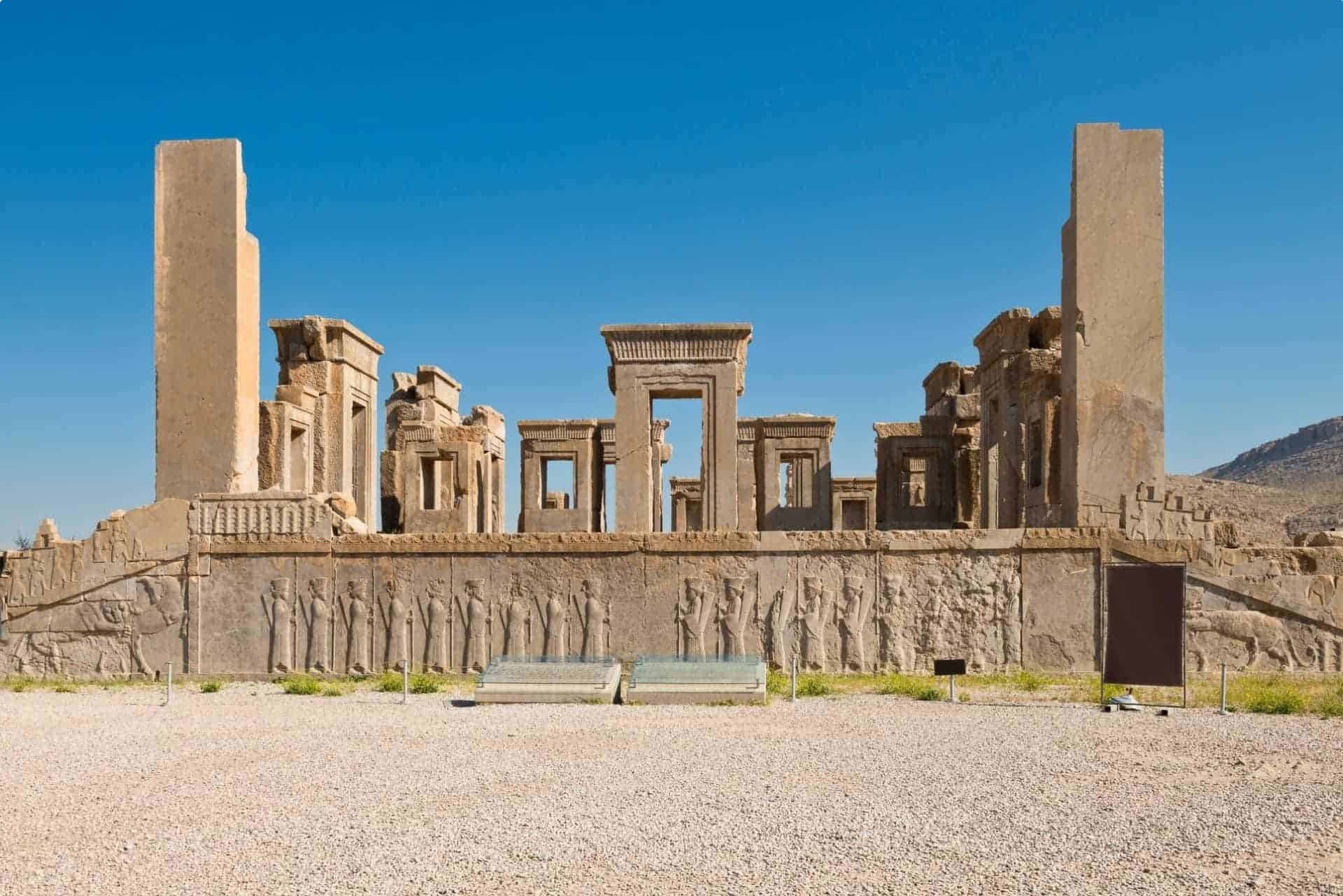
The ancient Persian city of Persepolis was the capital of the Achaemenid Empire from 550 to 330 BC. Its magnificent ruins lie at the foot of Kuh-e-Rahmat in south-western Iran, renowned as the gem of Persian architecture, planning, art and technology. As an archaeological site it is almost without peer, a perfectly preserved ancient civilisation. Though the city was to be the seat of Achaemenid government, it was designed primarily to be a showpiece for receptions and festivals of the kings and their empire.
12. Istanbul, Turkey
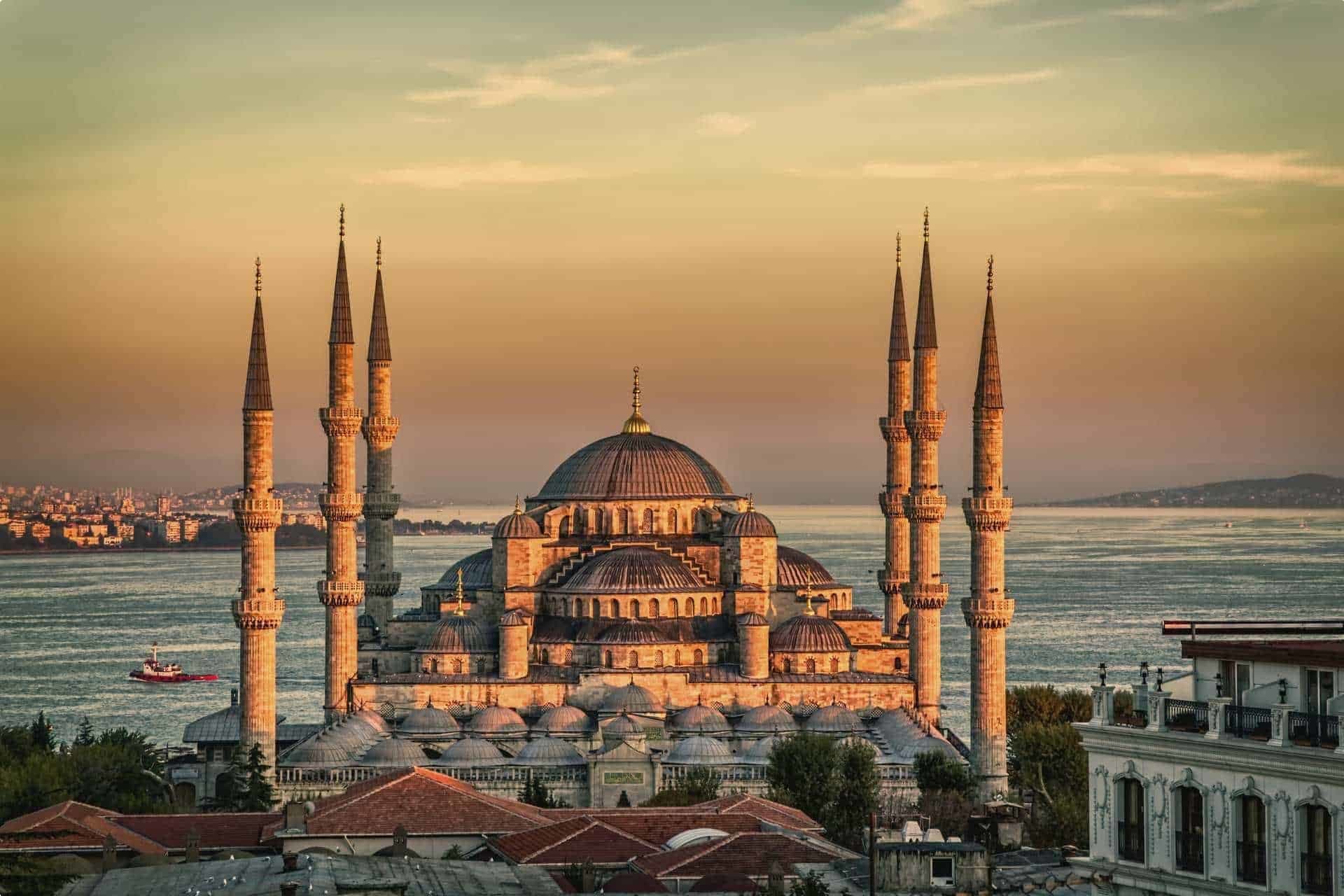
Istanbul is situated on the Bosphorus peninsula, one of the most strategically important stretches of land and water in human history. At the crossroads of Europe and Asia, and controlling the only sea route from the Black Sea to the Mediterranean, it has been the site of major political, religious and artistic events for over 2000 years. Its many architectural masterpieces include the Hippodrome of Constantine, the Hagia Sophia, the Topkapi Palace and the Suleymaniye Mosque.
11. Angkor, Cambodia
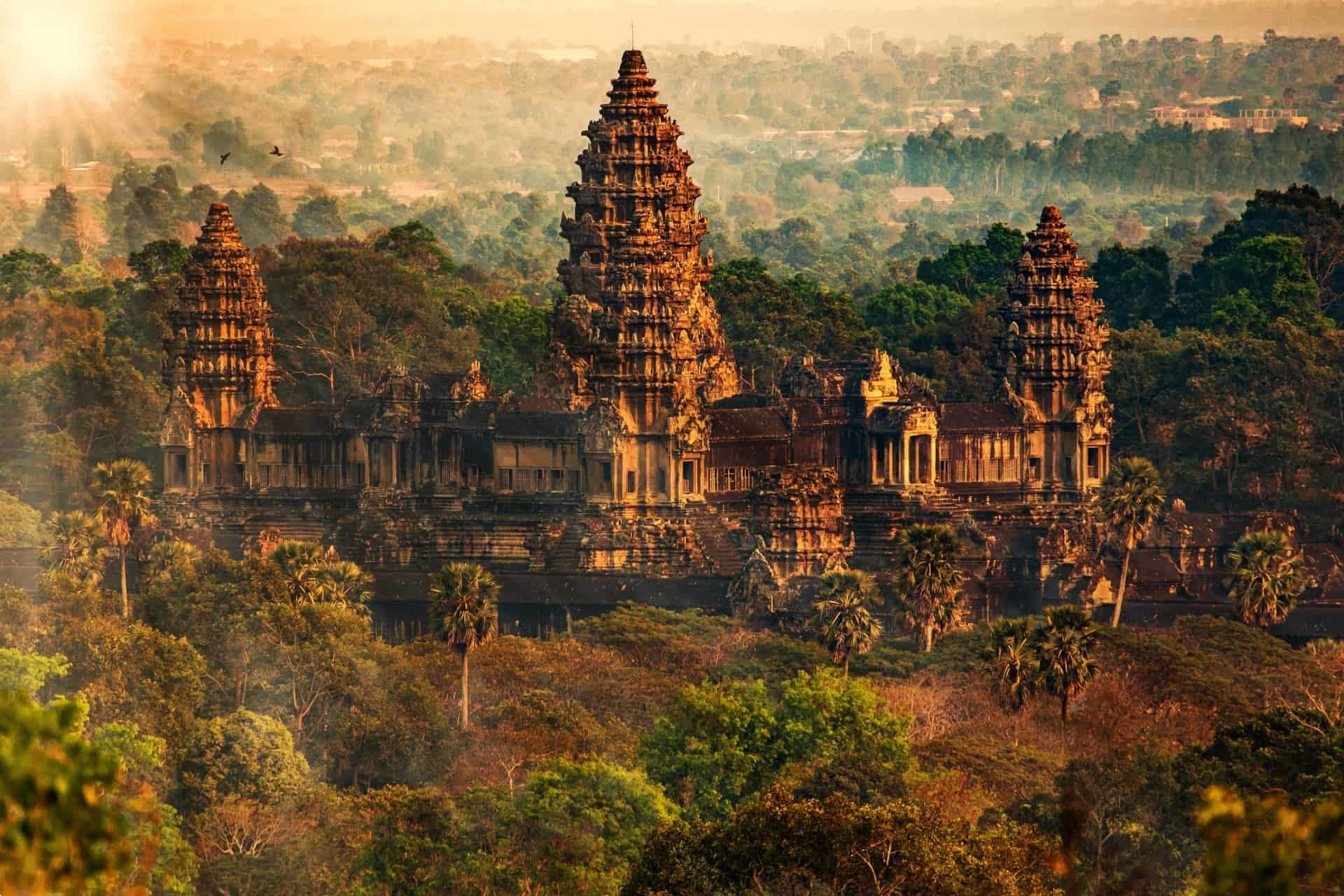
Situated in the Cambodian province of Siem Reap, Angkor was the capital of the ancient Khmer Empire, and it one of the most important archaeological sites in South East Asia. The Angkor Archaeological Park stretches over 400 square kilometres and contains the amazing remains of the Khmer capitals from the 9th to the 5th century. Be sure not the miss the famous Temple of Angkor Wat and the Bayon Temple at Angkor Thom. With impressive monuments, urban plans and water reservoirs, the site is evidence of an exceptionally advanced ancient civilisation.
10. Venice and its Lagoon, Italy
 Spread over 118 islands, the city of Venice is an extraordinary architectural masterpiece. It was founded in the 5th century when Venetian populations, desperate to escape Barbarian raids, found refuge on the sandy islands of Torcello, Jesolo and Malamocco. The settlement eventually became permanent and emerged as a major maritime power and trading port, one of the greatest cities of the medieval world. Little remains of the islands’ primitive topography; replaced by the canals of a city built on water. The years of the Venetian Republic’s golden age are represented by buildings of incomparable beauty: San Marco, Palazzo Ducale, San Zanipolo.
Spread over 118 islands, the city of Venice is an extraordinary architectural masterpiece. It was founded in the 5th century when Venetian populations, desperate to escape Barbarian raids, found refuge on the sandy islands of Torcello, Jesolo and Malamocco. The settlement eventually became permanent and emerged as a major maritime power and trading port, one of the greatest cities of the medieval world. Little remains of the islands’ primitive topography; replaced by the canals of a city built on water. The years of the Venetian Republic’s golden age are represented by buildings of incomparable beauty: San Marco, Palazzo Ducale, San Zanipolo.
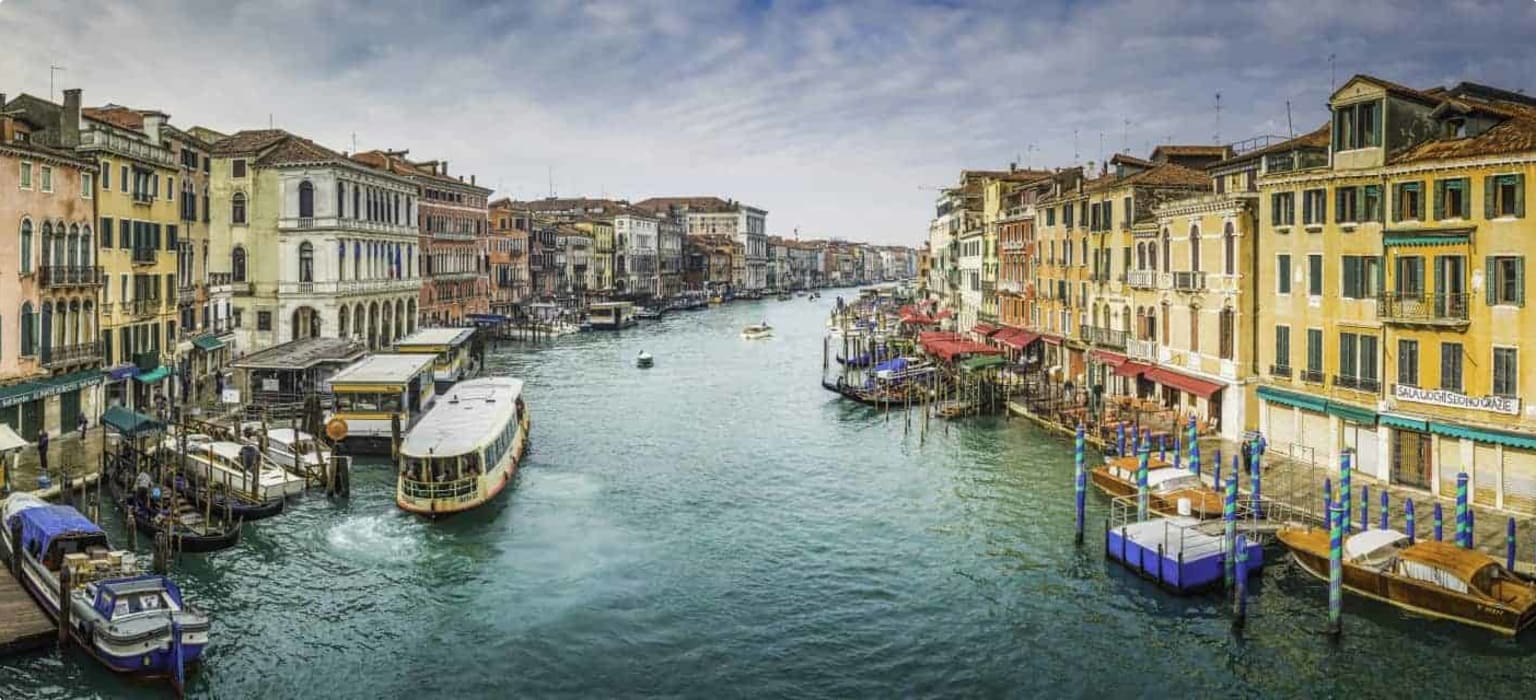
9. Ancient Kyoto, Japan

Kyoto was the imperial capital of Japan from its foundation until the middle of the nineteenth century. As the centre of Japanese culture for over a millennium, it contains many splendid examples of Japanese wooden architecture and gardens. From Kinkaku-ji, the marvellous gold temple, to Fushimi Inara, the famous mountain shrine constructed of hundreds of red torii gates, Kyoto dazzles and beguiles. Be sure not to miss the nearby city of Nara and its 15m high bronze Buddha statue, housed in one of the largest wooden buildings ever constructed.
8. Mont-Saint-Michel, France
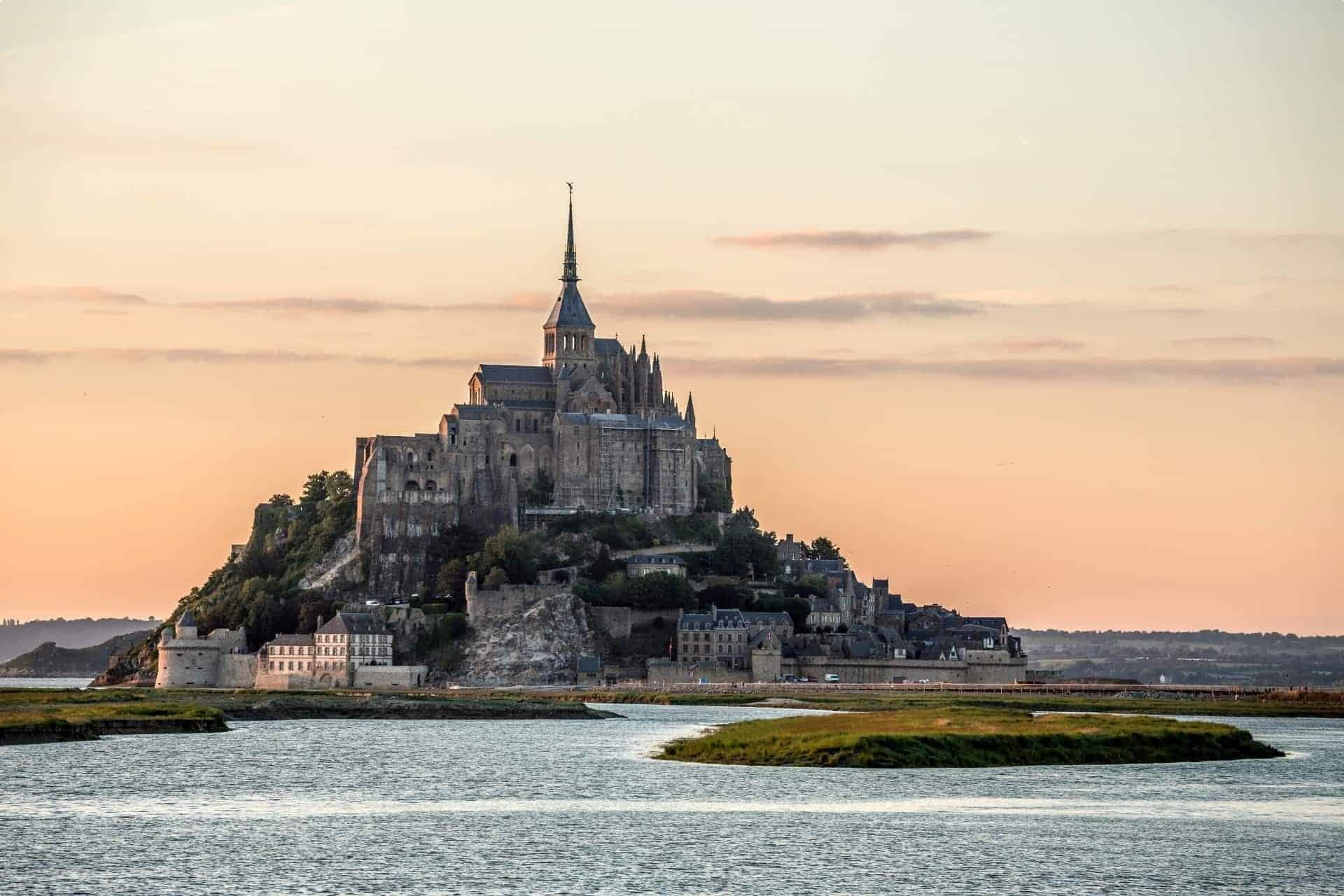
Atop an isolated rocky island on the vast sandbanks between Normany and Brittany sits Mont-Saint-Michel, a Gothic-style Benedictine abbey and the village that grew in its shadow. Built over 500 years beginning in the 11th century, it is one of France’s most recognisable landmarks. As the island is only accessible at low tide, it was easy to defend against invading armies. Later, the French Ancient Regime exploited this inaccessibility and used it as a prison.
7. Great Barrier Reef, Australia

The Great Barrier Reef is the largest living thing on earth – big enough be visible from space. This 2300km long underwater ecosystem comprises thousands of islands, marine life and colourful corals. In fact, the Reef contains over 400 types of coral, 1500 species of fish and over 4000 types of mollusc. It has been labelled one of the seven natural wonders of the world, though in recent years rising ocean temperatures have threatened the health of large parts of this amazing ecosystem.
6. Stonehenge, England
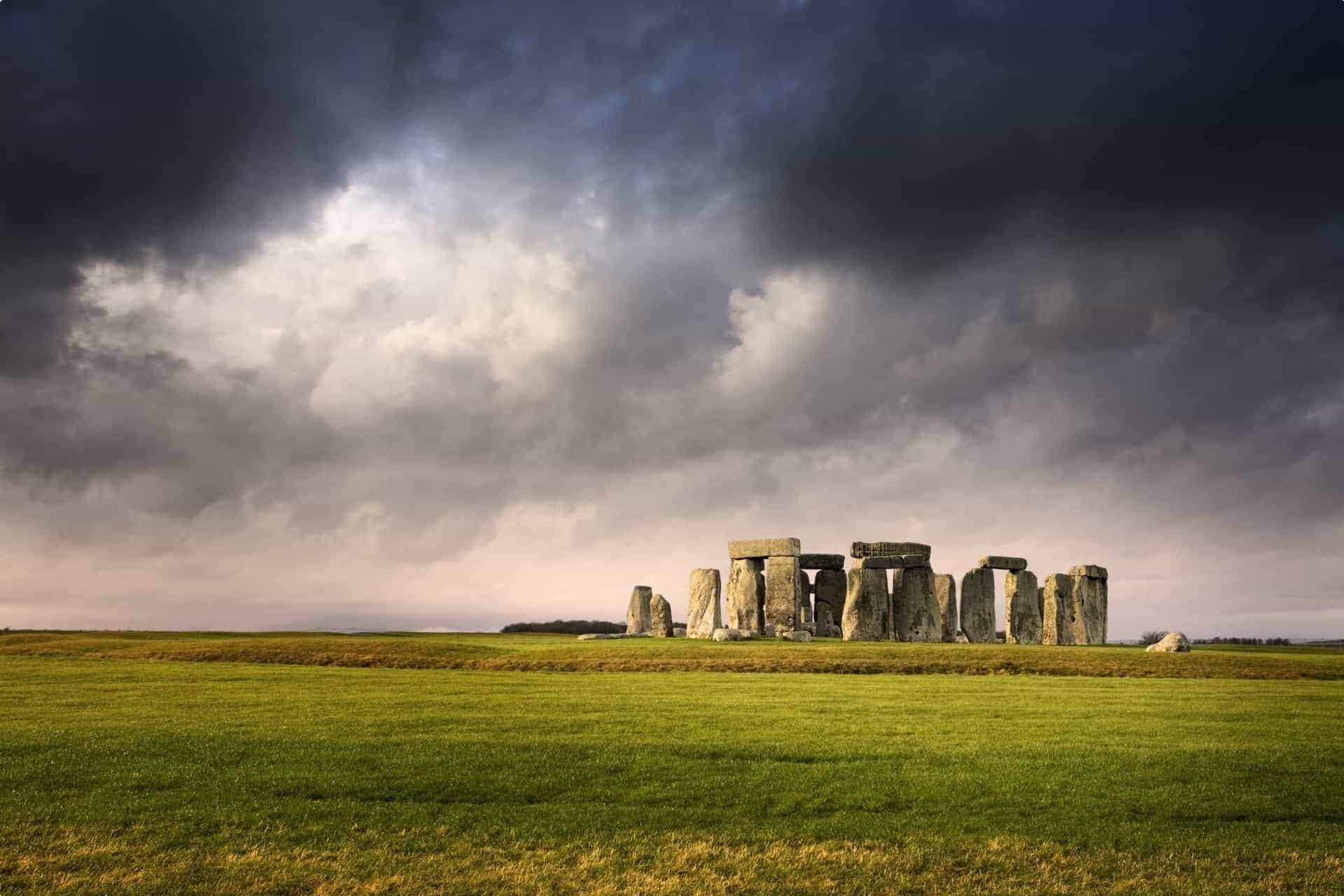
Stonehenge is of the most puzzling archaeological sites in the world. It can be a haunting, mystical place. There is still some disagreement among scholars as to its construction and meaning. The famous stones are situated in the middle of the densest complex of Neolithic and Bronze Age monuments in England. Archaeologists believe it was constructed over a thousand years, from 3000 BC to 2000 BC. Some believe it may have been a burial ground, and deposits of human bone found in the area date back as early as 3000 BC.
5. Pompeii, Italy

The ruins of the Roman city of Pompeii in southern Italy are one of the best preserved cities of classical antiquity. Located just a stone’s throw away from the modern city of Naples, Pompeii and the neighbouring Roman towns of Herculaneum and Terre Annunziata were famously ruined by the eruption of Mount Vesuvius in 79 AD. The civic buildings that lined the streets of this ancient resort town are still intact today: the Surgeon’s House, the House of Mysteries, the Stabian Baths and the College of the Priests of Augustus.
4. Taj Mahal, India
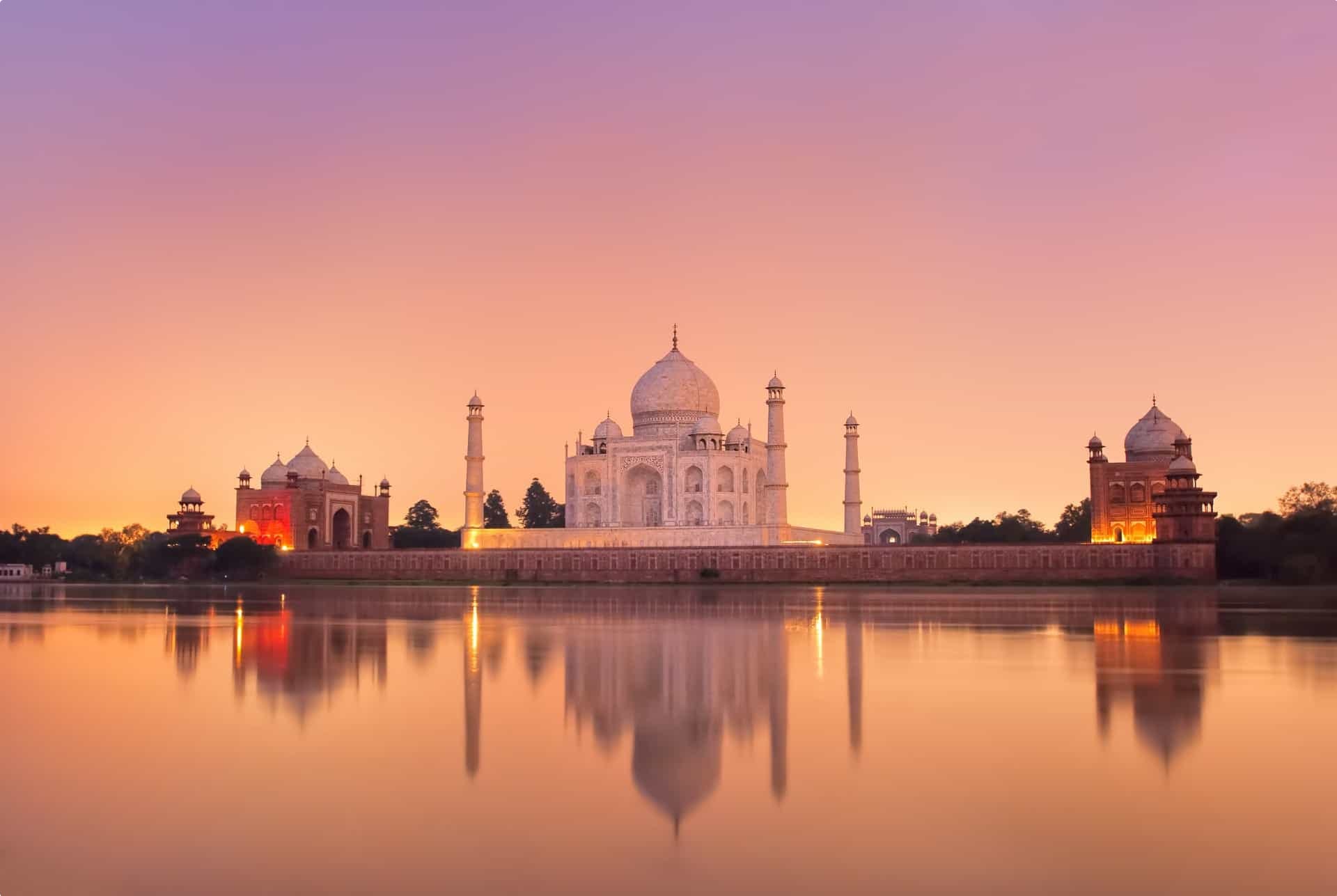
The Taj Mahal is a huge mausoleum made of white marble. It was built in Agra, India, between 1631 and 1648 by the heartbroken Mughal emperor Shah Jahan to house the tomb of his wife, Mumtaz Mahal, a Persian princess who died giving birth to their child. Masons, stonecutters, carvers, painters and artisans were recruited from all over Central Asia and Iran for its construction. It is one of the most beautiful buildings in the world. The poet Rabindranath Tagore described the structure as ‘a teardrop on the cheek of eternity’. The Taj Mahal is the jewel of Muslim art in India.
3. Great Wall of China

Stretching over 21000km from Dandong in the east to Lop Lake in the west, the Great Wall of China is one of the most ambitious structures ever conceived by man. Chinese states began construction portions of the wall as early as the 7th century BC to protect themselves against raiders from the nomadic groups of the Eurasian Steppe. The majority of the existing wall was built by the Ming Dynasty between 1368 and 1644. The most renowned sections wind like a serpent over the hills of Beijing municipality. It is a common misconception that the wall is one continuous structure: in reality it is separated into chunks by natural defences such as mountains, lakes and rivers.
2. Acropolis, Greece
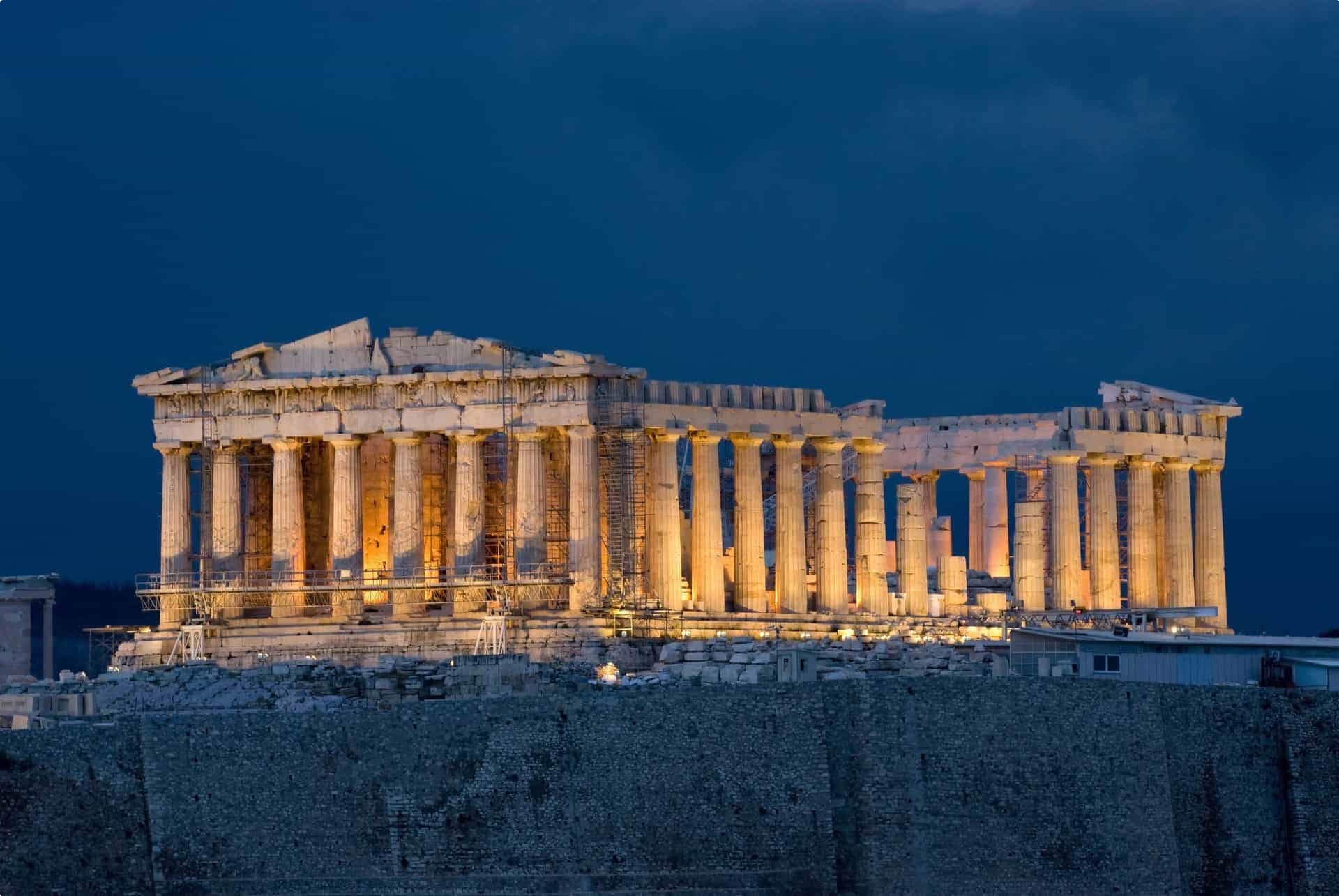
The Acropolis is a world-famous citadel situated on a rocky outcrop above the Greek city of Athens. Its monuments are some of the greatest symbols of classical civilisation. Fortification walls have surrounded the summit for more than 3300 years, but the most impressive structures were built in the 5th century BC following the Greek victory in their war against the Persians. The Parthenon, the Erechtheion, the Propylaia and the temple of Athena Nike were all constructed at this time. The structures – symbolising Democracy, Philosophy, Freedom of Expression – have survived for almost twenty five centuries through wars, fires and earthquakes.
1. Pyramids of Egypt
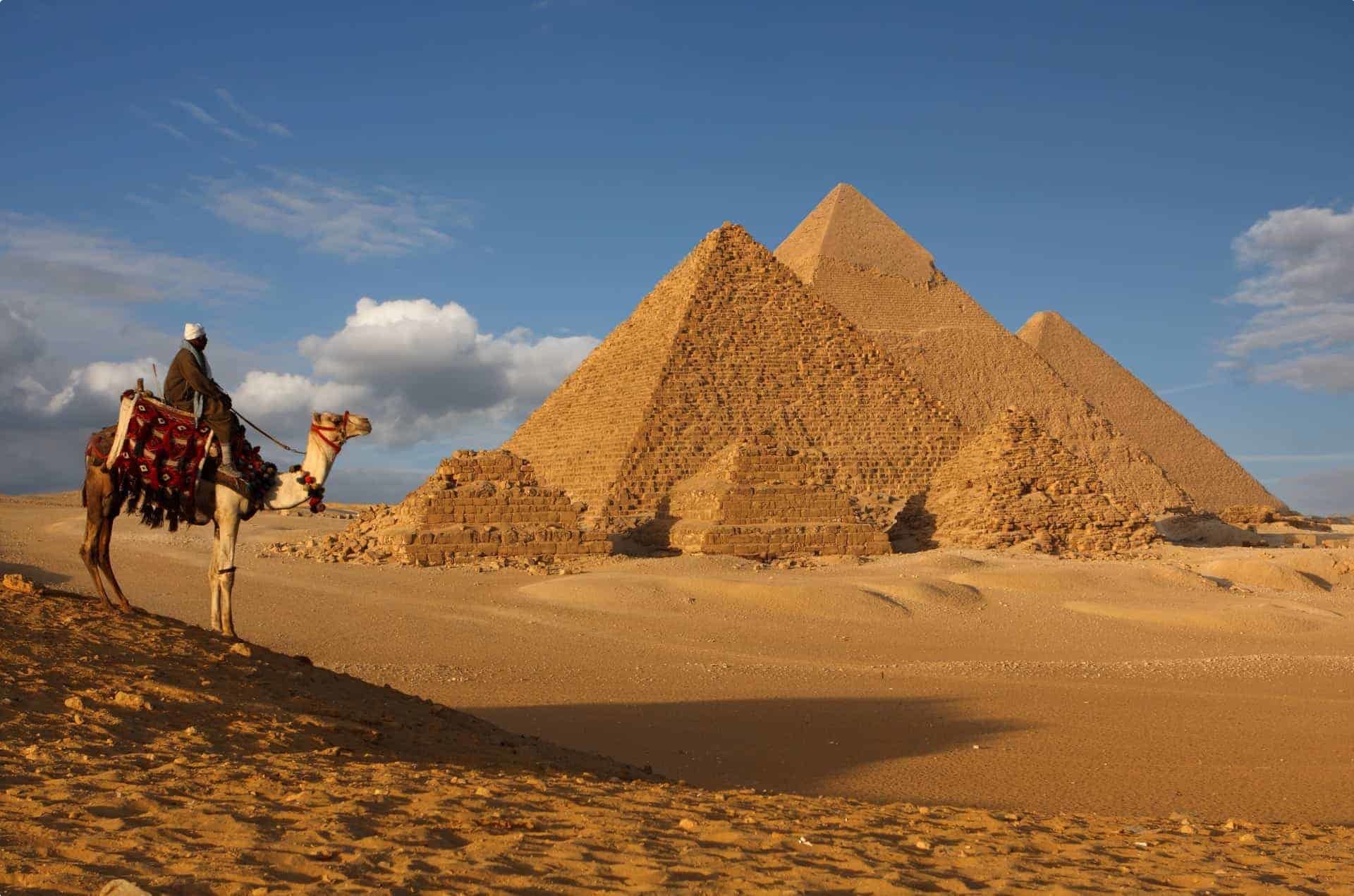
The Egyptian Pyramids are among the most incredible structures ever assembled by humans. They are located in Memphis, the ancient capital of the Kingdom of Egypt from 3100 BC to 2200 BC. Towering over 146 meters above the surrounding desert, the Great Pyramid of Giza was the tallest man-made structure in the world for more than 3800 years. There are over 100 identified Egyptian pyramids in the area.
Odyssey Traveller’s small group tours
Odyssey Traveller is a not-for-profit organisation offering Australia and New Zealand’s most comprehensive educational tour programs. We provide worldwide experiences for mature travellers who are keen to blend a love of travel with a thirst for knowledge, and we welcome participants from any country.
Odyssey Traveller is famous for our small groups, and we average eight participants per tour. Our maximum group size is eighteen people, which ensures quality, flexibility and care that is tailored to our clients. We specialise in small group tours for the senior traveller who is seeking adventure or is curious about the world we live in. Typically, our clients begin travelling with us from their mid 50’s onward. But be prepared to meet fellow travellers in their 80s and beyond! Both couples and singles are welcome.
About Odyssey Traveller

Odyssey Traveller is committed to charitable activities that support the environment and cultural development of Australian and New Zealand communities. Accordingly, we are pleased to announce that since 2012, Odyssey has been awarding $10,000 Equity & Merit Cash Scholarships each year. We award scholarships on the basis of academic performance and demonstrated financial need. We award at least one scholarship per year. We’re supported through our educational travel programs, and your participation helps Odyssey achieve its goals.
For more information on Odyssey Traveller and our educational small group tours, visit our website. Alternatively, please call or send an email. We’d love to hear from you!
Related Tours
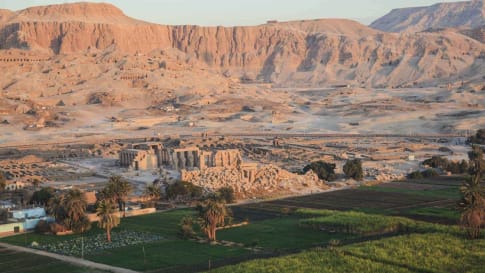
18 days
Jan, NovEgypt tour: escorted small group history & cultural tour of Egypt
Visiting Egypt
Our small group program for senior and mature couples and solo travelers takes us to contemporary feats such as the Aswan Dam and also to current crucibles of the Egyptian experience such as Tahrir Square. Proof, were it needed, that Egypt’s role as the pivot of civilisation is far from ended. There is the opportunity to visit our Morocco, Jordan or Iran tours before embarking on this tour of Egypt.
From A$12,950 AUD
View Tour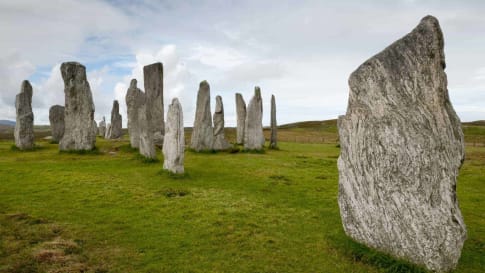
21 days
AugPrehistoric Britain small group history tour including standing stones
Visiting England, Scotland
This guided tour invites you to explore UNESCO World heritage sites at Skara Brae in the Orkneys, Isle of Skye, and Stonehenge in a prehistoric tour. This escorted tour has trips to key sites in Scotland, and the Irish sea in Wales such as Gower Peninsula and National Museum in Cardiff and England. Each day tour is supported by local guides.
From A$16,750 AUD
View Tour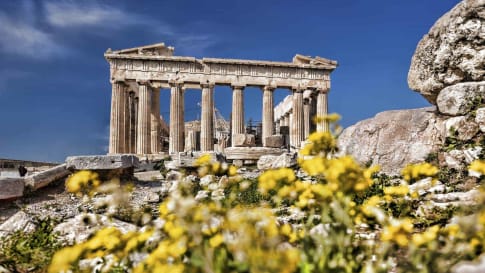
22 days
Apr, Sep, MayGreece small group escorted history tour
Visiting Greece
Our 22 day small group tour explores the land of great philosophers, myths, and legends. We will learn about the culture and heritage of modern Greece whilst exploring and learning Athens, which only found independence in its uprising from the Ottoman Empire in the 19th century.
From A$14,145 AUD
View Tour
